
 "
"

 "
"
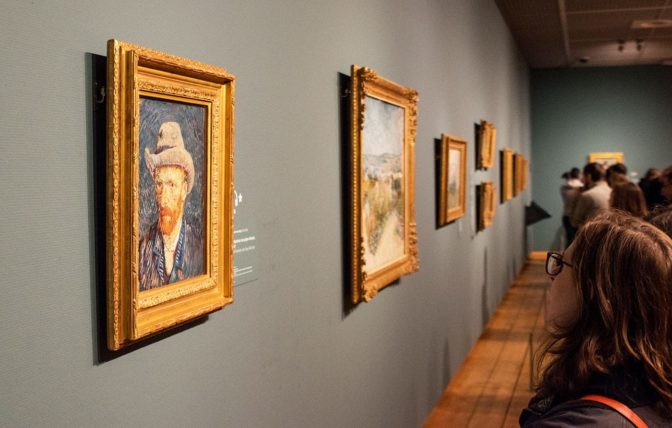
Built on reclaimed land, Amsterdam has more culture than any city on Earth. This is the city of Rembrandt, Anne Frank, the Red Light District, Johan Cruyff, and the Dutch East and West India Companies; there’s a world of fascinating stories, spellbinding art and architecture that has stood the test of time. It’s a history buff’s paradise.
Here are 10 places to visit while you’re at Amsterdam. You will have to plan and get tickets for some of these places a bit earlier as it is usually sold out within 2 months advance.
1. Van Gogh Museum

Opened in 1973, the Van Gogh Museum in Amsterdam houses the largest collection of works by Vincent Van Gogh in the world. The permanent collection includes over 200 paintings by Vincent van Gogh, 500 drawings and more than 750 letters.
His collection is hung chronologically, presenting five different periods: Nuenen/Antwerp (1880-86), Paris (1886-88), Arles (1888-1889), Saint-Rémy (1889-90) and Auvers-sur-Oise (1890). You can comfortably view the whole exhibit in 2 hours, under the spell of one of the greatest painters to have come.
2. Anne Frank House
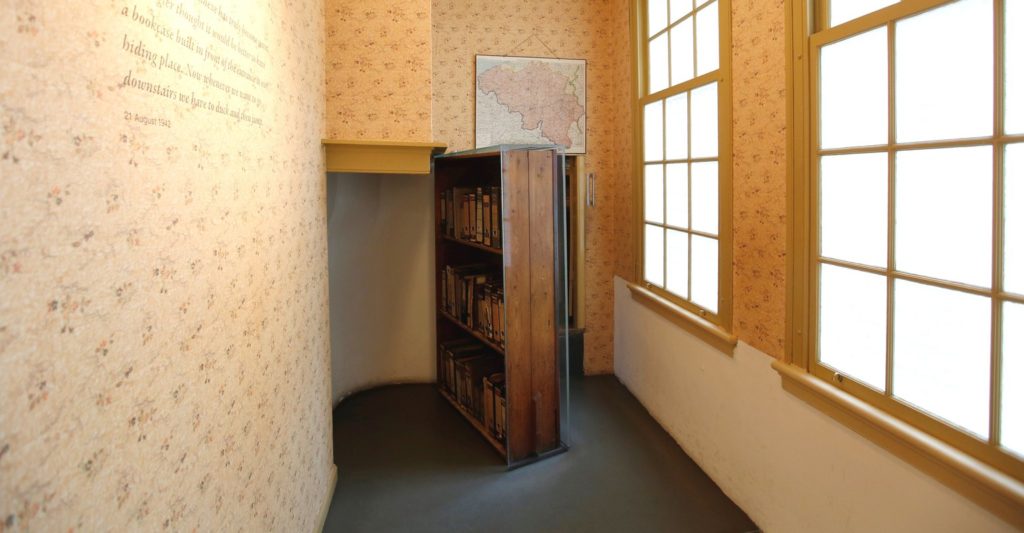
The Anne Frank House at Prinsengracht 263 contains a sobering exhibition about the persecution of the Jews during the war and preserves the secret annex where Anne Frank hid from Nazi persecution from 1942 until her capture along with her family and four other inhabitants in 1944. Anne’s original diary and other notebooks are on display in the museum.
In the multimedia space, visitors can go on a “virtual journey” through the Anne Frank House, accessing background information about the people in hiding and World War Two.
3. Rijksmuseum

The National Museum of Netherlands in Amsterdam offers a glance into the 800 years of Dutch history with great Dutch masters like Rembrandt Van Rijn, Willem van de Velde and Johannes Vermeer. The museum is located at the Museum Square in the borough Amsterdam South, close to the Van Gogh Museum, the Stedelijk Museum Amsterdam, and the Concertgebouw.
You can embark on adventure through Dutch culture and design, via Delftware, textiles, glass, armor, costume, sculpture and stunning 17th-century dollhouses.
4. Herengracht

Herengracht (Patricians’ Canal or Lords’ Canal) is the first of the four major canals in the city centre of Amsterdam. The canal is named after the heren regeerders who governed the city in the 16th and 17th century.
As you walk by the canal, you’ll pass the former office of the Dutch West India Company at Herenmarkt and one of Amsterdam’s oldest residences (built in 1590) at 81. The magnificent Bartolotti house (1617) at 172, considered the finest of all of Amsterdam’s Golden Age merchant’s houses while the Classical terrace of the Cromhouthuizen merits a photo at 364-70.
5. Dam Square
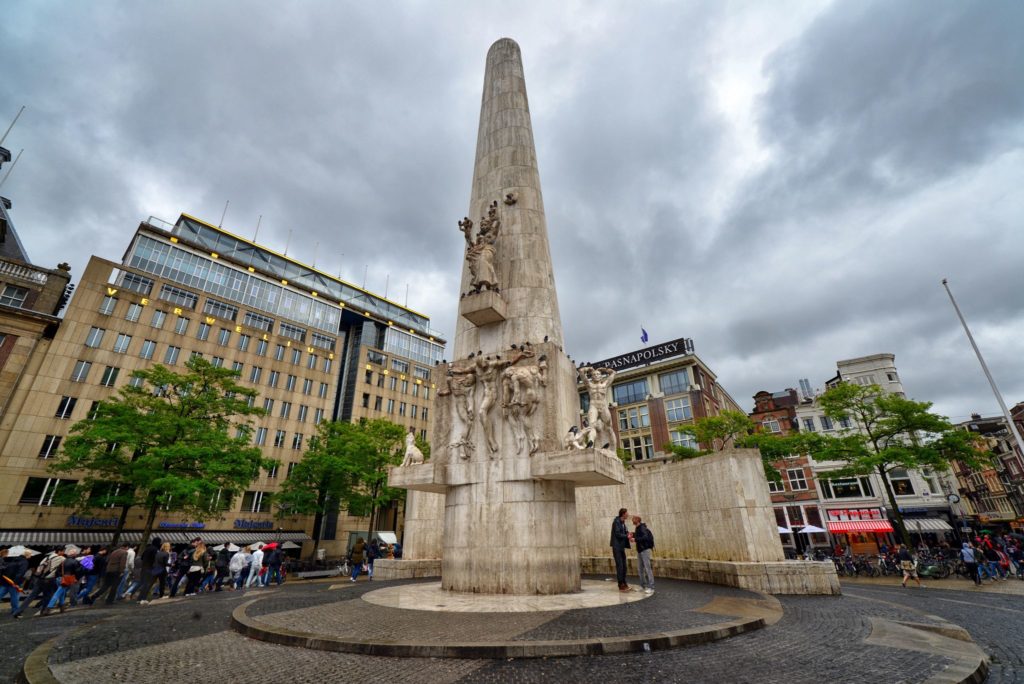
Dam Square is Amsterdam’s most important square. It is located in the heart of the city close to Amsterdam Central station, is traced by the Royal Palace, the National Monument (a remembrance obelisk from 1956) and the 15th-century Nieuwe Kerk.
This space has a storied history and has frequently been the location of demonstrations and events of all kinds such as protests, funfairs and civil unrest.
6. Concertgebouw
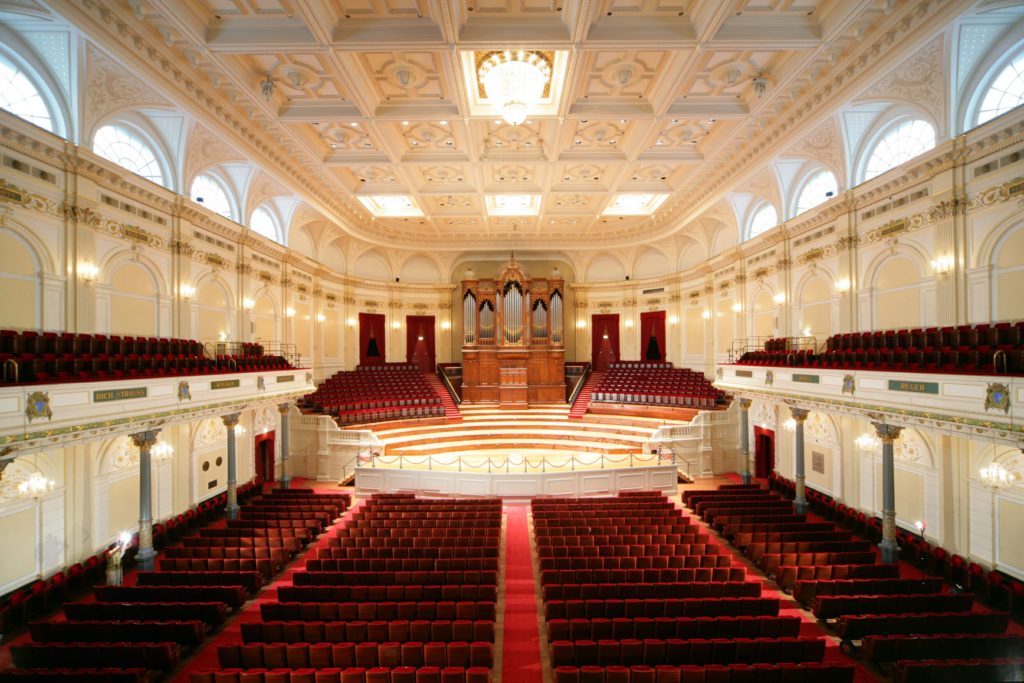
One of the world’s most famous concert halls can be found in one of Amsterdam’s most beautiful buildings on Museumplein square. The Concertgebouw opened its doors in 1888 and received all the great names from music history.
Famous companies like Mahler, Rachmaninoff and Stravinsky performed and directed their own works here. Legendary artists like Leonard Bernstein, Yehudi Menuhin and Vladimir Horowitz appeared on its stage. It doesn’t matter when you want to visit the Concertgebouw because with over 600 concerts each year, there is always a concert that you will like.
7. Hortus Botanicus
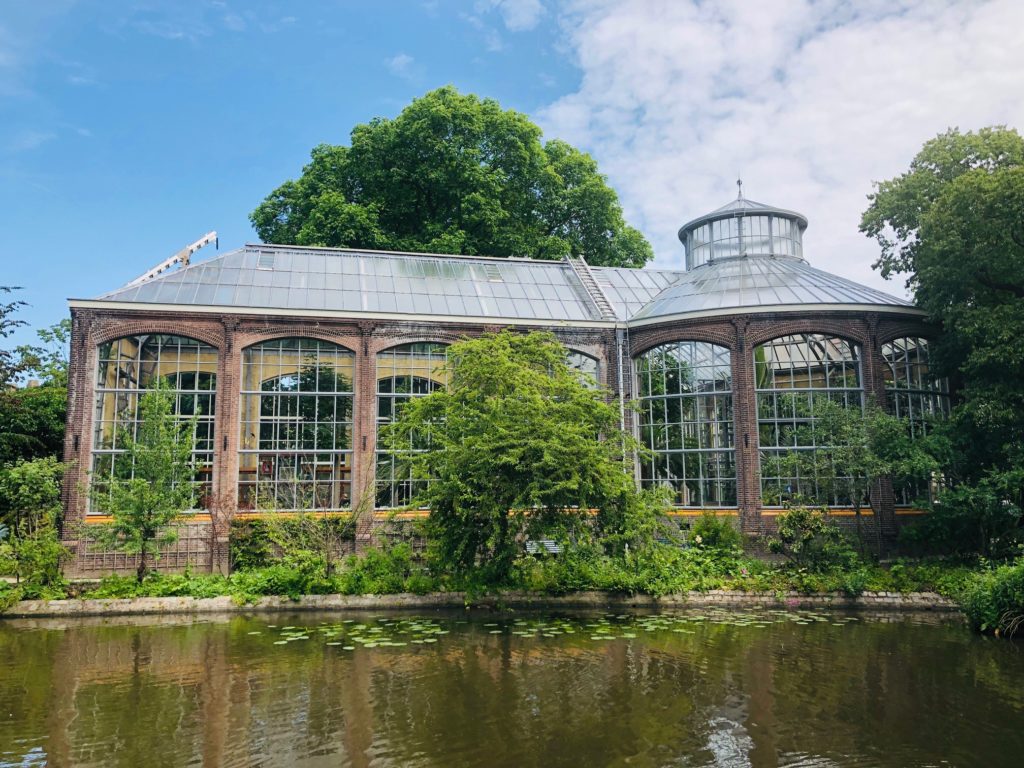
Founded in 1638, Hortus Botanicus is among the oldest botanical gardens in the world. Housing more than 6000 plant species now, the garden previously grew medicinal herbs for doctors and pharmacists at a time when plague outbreaks were still common.
Moreover, a single coffee plant in the garden’s lead to widespread plantations around the world. Recent additions to Hortus include a huge hothouse, which incorporates three different tropical climates. There are also two halls at the garden which are used for conferences and ceremonies, and a café, popular as a meeting point for locals.